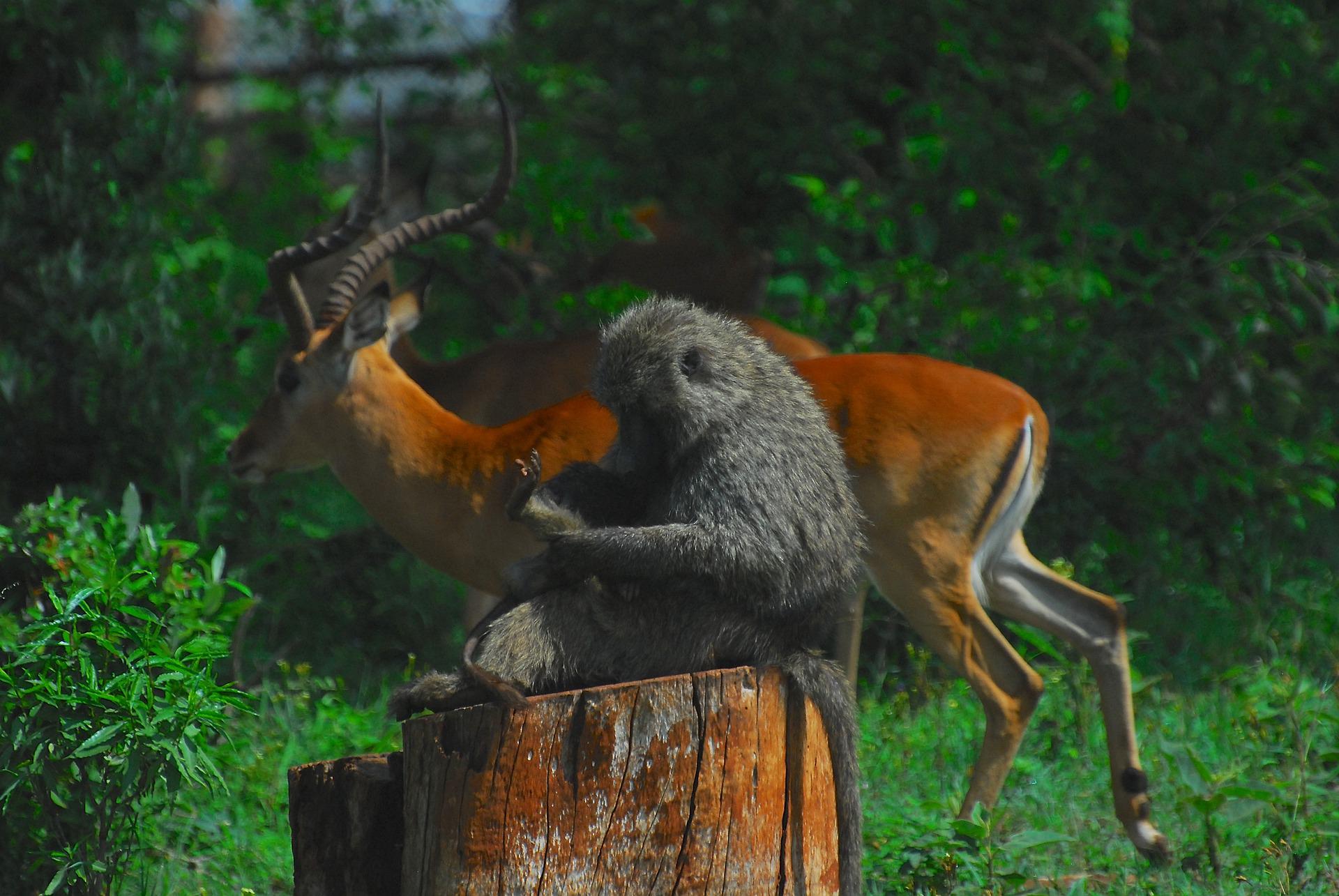Media release
From:
At least 15,000 new cross-species viral transmissions are forecast to happen by 2070, driven by climate change, suggests a paper published in Nature. These increased opportunities for viral sharing may increase the risk of emerging infectious diseases jumping from animals to humans in the next 50 years, especially in Africa and Asia. The findings highlight the need to combine viral surveillance with assessments of changes to species range as a result of climate change, especially in tropical regions that are home to most of the infectious diseases that are capable of being transmitted from animals to humans.
As the climate warms, many animal species will be driven to new environments, taking their parasites and pathogens with them. These geographical shifts may facilitate viral sharing between species that previously had no interactions, which may in turn assist zoonotic spillover — the transmission of pathogens from wild animals to humans. Few studies have assessed how global changes might influence potential future hotspots for viral sharing and emerging diseases.
Colin Carlson and colleagues look at how the geographical ranges of 3,870 mammal species might change in response to different climate scenarios by 2070. They use a model of mammalian viral sharing patterns to make predictions about future opportunities for cross-species viral transmission in a subset of 3,139 animals. Novel encounters between mammal species are expected to occur everywhere in the world, but will be concentrated in areas of high human population density in tropical Africa and southeast Asia. At least 15,000 new cross-species viral sharing events are projected by 2070 as a result of climate change-driven reorganization of mammal distribution, under a 2 °C warming scenario. These novel virus sharing events are predicted to be driven predominantly by bats, which are likely to harbour viruses with a high chance of being transmissible to humans.
With warming already occurring, climate-driven shifts in hotspots for species dispersal and viral evolution may already be underway, the authors note. The findings suggest that climate change has the potential to become a dominant driving force in cross-species viral transmission, which could increase the risk of transmission of infectious diseases to humans. Targeting surveillance in future hotspots may help to identify infectious diseases jumping between species, the authors conclude.



 International
International


